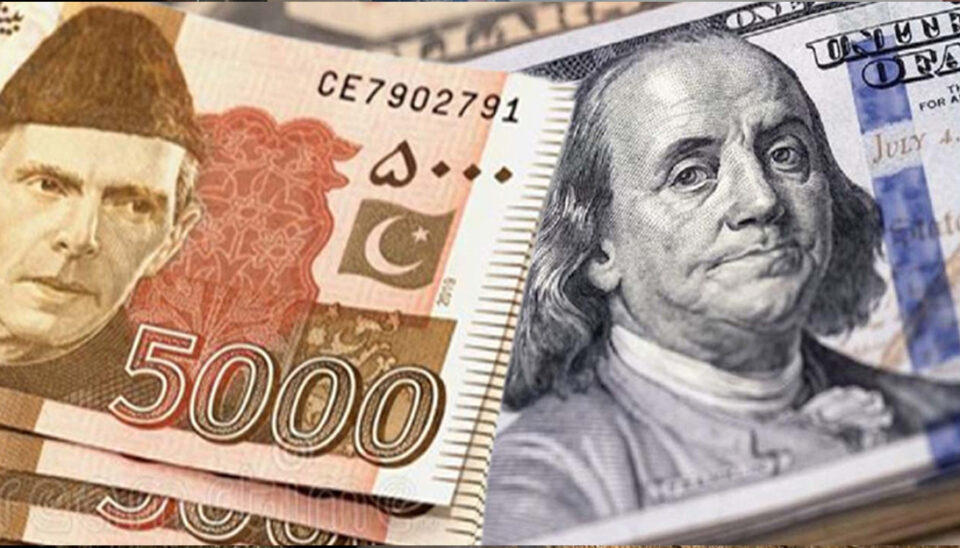Liquidity Surplus Pushes Pakistani Banks to Offer Low-Cost Loans Amid Changing Financial Landscape
KARACHI – Pakistani banks are currently grappling with a liquidity surplus, leading them to offer loans at historically low rates as they navigate a shifting financial environment. Some banks are now lending at rates as low as 3% per annum to avoid penalties tied to their Advance-to-Deposit Ratio (ADR).
Traditionally, the government has been the biggest borrower from banks in Pakistan, but a significant change has occurred. The government recently stopped borrowing and rejected bids for short-term treasury bills, leading to a cash surplus in banks. To manage their liquidity, the government also repurchased Rs351 billion from the market at a 16% interest rate, saving Rs11.5 billion in the process and easing its debt burden as Rs4 trillion in repayments are due by the end of the year.
As a result of reduced government borrowing, banks are flush with cash and looking to lend in order to meet the required ADR of at least 50% by the end of 2024. Falling short of this target could result in a 15% incremental tax being imposed on banks, which is pushing them to offer low-cost loans to attract borrowers.
Banks Offering Loans at Low Rates
Despite the State Bank of Pakistan’s policy rate standing at 17.5%, some banks are lending at just 3% to meet ADR targets. Borrowers are taking advantage of these favorable conditions to refinance their older, costlier loans, leaving banks with excess liquidity despite the ongoing lending.
According to industry experts, some banks are weighing their options between the 15% tax on low ADR and offering cheaper loans. Many are opting to offer low-interest loans to maintain profitability and avoid the tax.
Samiullah Tariq, head of research and development at Pak-Kuwait Investment Company, explained that banks have recently been offering short-term loans at rates below the Karachi Inter Bank Offered Rate (KIBOR). For instance, last week, some banks were lending at KIBOR minus 6%, resulting in effective lending rates of 10%.
Similarly, the Trading Corporation of Pakistan (TCP) recently secured Rs360 billion in financing at KIBOR minus 11.9%, effectively borrowing at a 4% interest rate. Pakistan Agricultural Storage and Services Corporation (Passco) also borrowed Rs500 billion at similar rates.
Government’s Strategy to Reduce Debt Burden
Analysts are lauding the government’s strategy of borrowing at lower rates, which helps reduce its debt burden and fiscal deficit. Tahir Abbas, head of research at Arif Habib, noted that while the current situation is favorable for the government, it may not be long-lasting. The government may eventually need to return to borrowing at higher rates from banks.
The reduction in borrowing costs is expected to ease the government’s debt servicing burden, which currently consumes most of its tax revenue. However, experts caution that this may be a temporary phase as the government will likely need to borrow again in the future.
Positive Impact on Economy
This shift in banking practices, while driven by excess liquidity, is creating opportunities for businesses. The private sector, which had struggled with borrowing due to the high 17.5% interest rate, is now able to access cheaper financing. This could stimulate economic activity and provide a much-needed boost to the country’s economy.
While the long-term effects of these changes remain uncertain, for now, both the banking sector and the government are benefiting from the current financial landscape.

